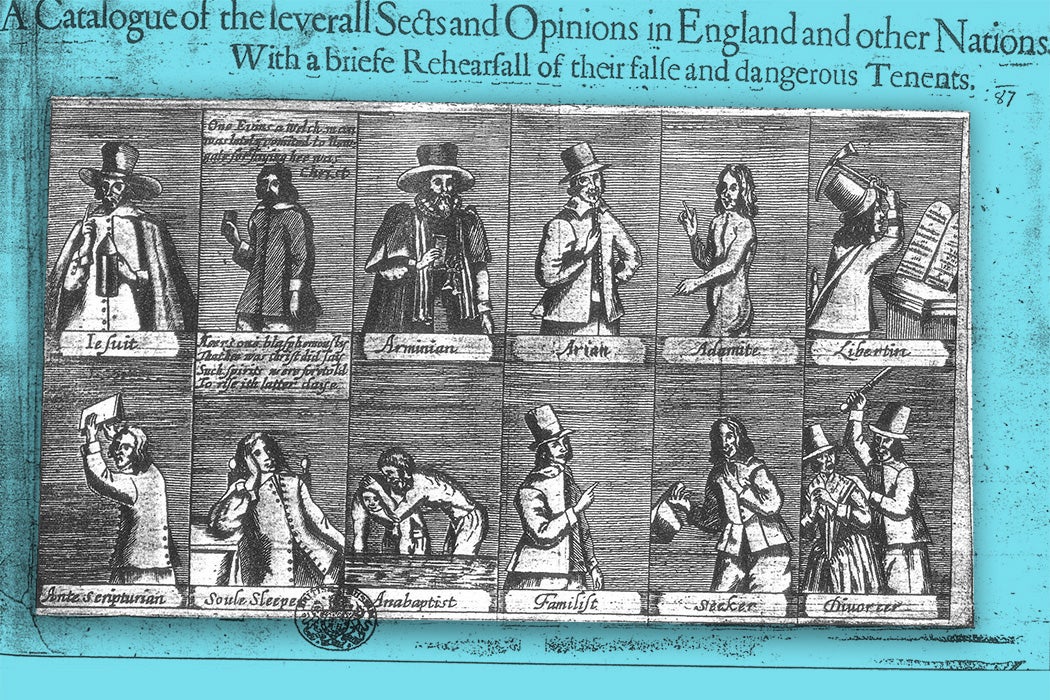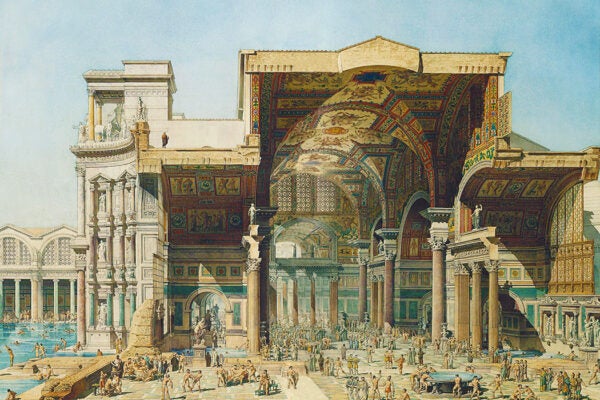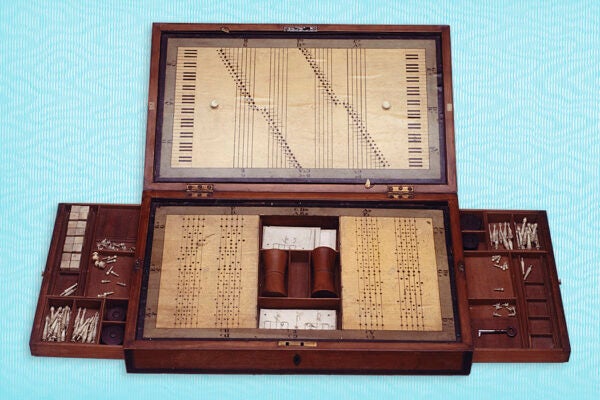In 1668, crowds, armed with staves, iron bars, and poleaxes, descended on London’s brothels and began tearing the buildings down. Thousands of people— four of whom paid for it with their lives, drawn and quartered for high treason—rioted in the streets for days.
These events have gone down in history as the Bawdy House Riots. The odd thing is, on the face of it, they weren’t such unusual occurrences for the time. In fact, attacks on brothels were an almost-yearly institution in London around that time, usually carried out by apprentices. There were at least twenty-four such riots between 1606 and 1641.
In 1668, though, there was a certain added intensity. The conflict seems to have risen almost to the level of a street battle. Diarist Samuel Pepys wrote that the rioting apprentices were
not yet [put] down, though the guards and militia of the town have been in armes all this night, and the night before; and the ’prentices have made fools of them, sometimes by running from them and flinging stones at them. Some blood hath been spilt, but a great many houses pulled down.
When some of the rioters were arrested, the crowds besieged the jails, setting loose their compatriots—and a few other lucky detainees.
There was another odd thing about the events of 1668. During most of the earlier bawdy house riots, the authorities looked the other way. After all, brothels were illegal, writes Melissa Mowry. The rioters, however uncouth in their methods, may have been doing the magistrates a favor. But that year, the authorities not only arrested the participants, they charged fifteen with high treason and ultimately executed four. What was it about these riots that the Crown took so personally?
As historian Tim Harris argues, there are many indications that the Crown was responding to subtle political undercurrents in the events themselves. This was the era of the Restoration; only eight years earlier, King Charles II had regained the throne following a bloody civil war. He was keenly aware of the precarity of his position.
Cromwell’s era had been a respite for the many burgeoning English Protestant sects—freshly minted Quakers, Baptists, Anabaptists, and more—who rejected Anglicanism in favor of a huge diversity of new religion structures and forms. To these dissenters, the Church of England didn’t seem so different from the (much-reviled) Catholic Church.
The return of the monarchy meant a return of religious repression for them. As Gary S. De Krey outlines, the 1664 Conventicle Act threatened fines, imprisonment, and even transportation for people who attended dissenting religious assemblies, and in London alone, some 1,500 people faced trial under it. In one such trial, after the jury attempted to acquit, jurors were warned that they would be locked up until they agreed to convict. And just before the riots, Charles II had issued a proclamation against the “insolent carryage and conventicles of nonconformists and sectarians.”
It seems that, in the attacks on the bawdy houses, the Crown perceived a sublimated anger towards the King’s person. Pepys writes that “these idle fellows have had the confidence to say that they did ill in contenting themselves in pulling down the little bawdyhouses, and did not go and pull down the great bawdyhouse at White Hall,” a.k.a. the Westminster palace in which resided Charles II.
Perhaps it was the king’s well-publicized personal life that made the rioters think of his court as just another bawdy house. His love affairs were the object of constant speculation, and even led to the development of a new genre, the “secret history,” writes Erin Keating—essentially, books of salacious gossip about the court. On the face of it, they were fictional, but it was a thin disguise, and in the margins, contemporary readers simply penciled in the names of the real public figures concerned.
The 1668 riots should be set in this context of religious discontent. “Bawdy houses were obvious targets for discontented nonconformists,” writes Harris. “Nonconformist writers in the 1660s had repeatedly complained that they were being persecuted just for worshipping God, whilst all sorts of vices were going unpunished.” The double-standard finally pushed people too far.
Yet the drama of the king’s life also offered the religious dissenters an opportunity. Perpetually strapped for cash, in 1670, Charles II asked the London magistrates for a loan of £60,000. They were only able to offer him £20,000. The dissenters spotted their chance and pooled together to offer him the remaining £40,000. It was a calculated act of investment in the monarch.
Weekly Newsletter
As De Krey writes, “The challenge of the loan was primarily a challenge to Charles—a challenge to convert his sympathy for conscience into action, a challenge to repudiate the parliamentary policy of persecution.” The £40,000 wasn’t a transparent gesture of support the monarch. Rather, it was “calculated to bring relief from persecution.”
And it worked, De Krey confirms. By 1671, Charles II and his ministers were reconsidering their policy on religious dissension, leading to the (only somewhat successful) Declaration of Indulgence of 1672.







